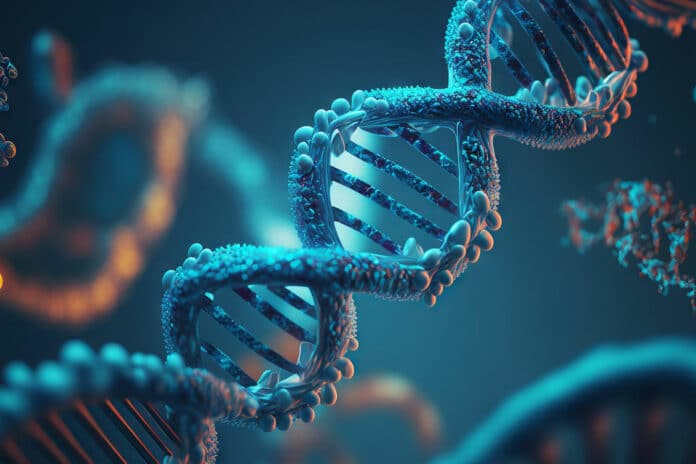A new method called Chameleolyser, developed in Nijmegen, can find hidden genetic variations. This information is helping diagnose patients and might uncover new disease genes, as reported by Wouter Steyaert and Christian Gilissen from Radboud University in Nature Communications.
Medical science has used exome sequencing for 15 years to study patients’ genes with rare diseases. In this method, the DNA of a person’s 20,000 genes is broken into small pieces to read the genetic code. These pieces are later put together like a puzzle to reveal the person’s entire set of genes.
“The overview of our genes is never truly complete,” said Christian Gilissen, a Genome Bioinformatics professor. “This is because our genetic material, or DNA, changes over time due to evolution. When DNA is copied, errors can occur. Pieces of DNA may be lost or added. Some parts get duplicated. Genes might end up in new places in the genome, creating pseudogenes alongside the original ones. These genetic ‘mistakes’ drive evolution, leading to genetic changes. These changes can be neutral, beneficial, or even result in new diseases.”
Let’s focus on genes and pseudogenes for a moment. Genes have a purpose, while pseudogenes usually do not. Both can undergo small changes or mutations over time. However, genes and pseudogenes look so alike that during DNA sequencing, it’s hard to tell which part belongs to the gene and which belongs to the pseudogene. Because of this, these DNA regions are excluded from the analysis.
A mutation found could come from the pseudogene and not be necessary. If we mistakenly include that mutation in the regular gene, it could lead to an incorrect diagnosis. We want to avoid that.
Wouter Steyaert and Gilissen developed a Chameleolyser method that uncovers gene and pseudogene combinations in existing exome sequencing data and shows the genetic differences between them.
Using this method on 41,755 exome samples, researchers discovered 20,432 rare homozygous deletions and 2,529,791 rare SNVs/Indels, with 338,084 due to gene conversion events. These discoveries were impossible with regular analysis. Researchers confirmed over 88% of these findings using a more accurate long-read sequencing method.
Steyaert explains, ‘Now, we’re discovering many genetic changes we couldn’t see before. We find about sixty extra genetic variations per exome. For some individuals, this data has helped us identify the exact cause of their disease. We’ve also confirmed the reliability of our method with a new DNA sequencing technique from PacBio, which can analyze longer DNA sequences.”
This new method is exciting because it can be used with existing exome sequencing data, eliminating the need for further patient studies. Any sequencing center worldwide can use this method. According to Gilissen, this large-scale analysis can offer fresh insights into biology. In many conditions, only half of the patients’ genetic causes can be identified. New disease genes might be found in gene-pseudogene combinations, potentially uncovering the genetic reasons behind some patients’ conditions.
Chameleolyser is a remarkable genetic innovation, offering a powerful tool to reveal hidden genetic variations. This method has the potential to make significant contributions to the understanding and treatment of genetic diseases. It promises to be a game-changer in genetic research.
Journal reference:
- Steyaert, W., Haer-Wigman, L., Pfundt, R. et al. Systematic analysis of paralogous regions in 41,755 exomes uncovers clinically relevant variation. Nature Communications. DOI: 10.1038/s41467-023-42531-9
.
